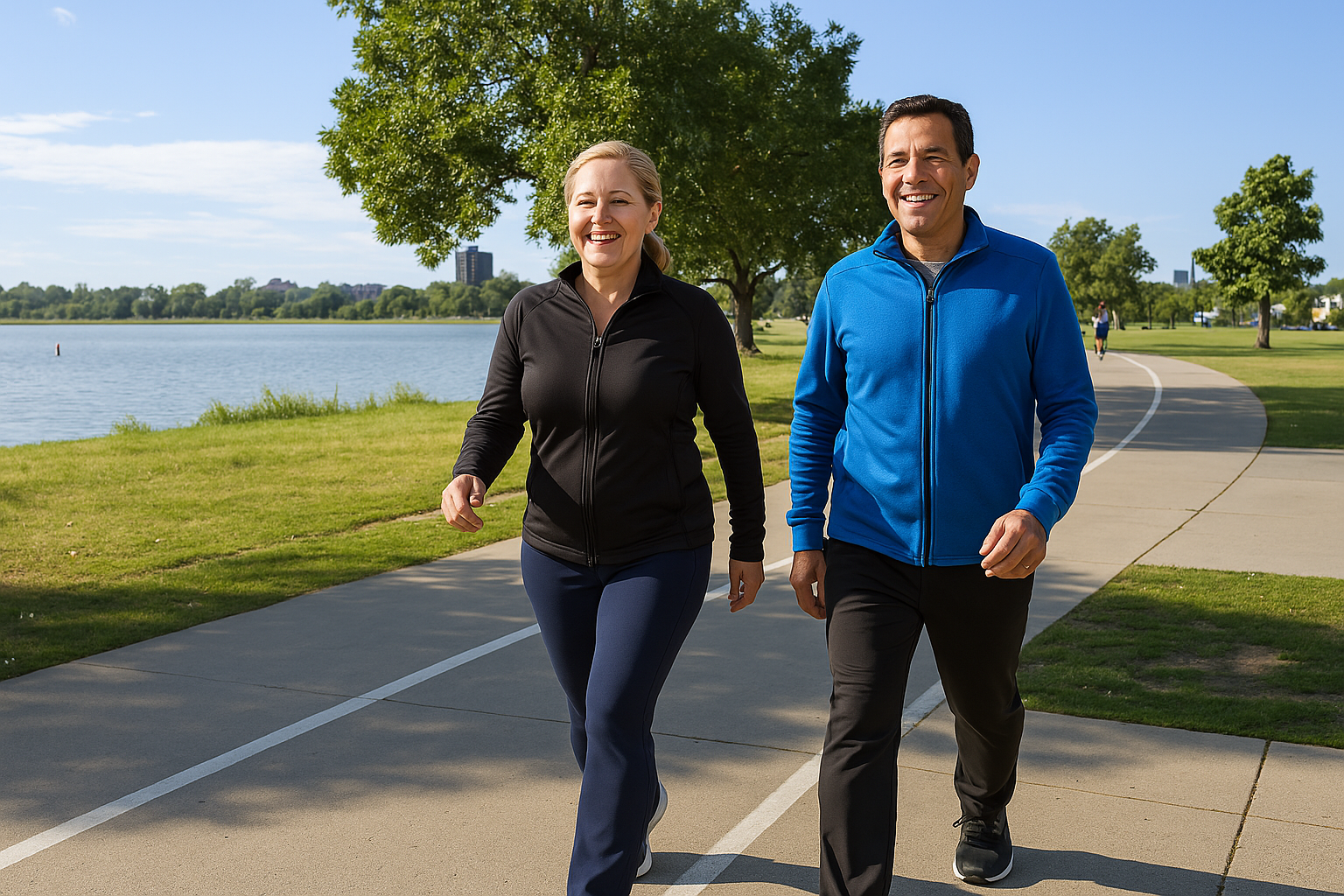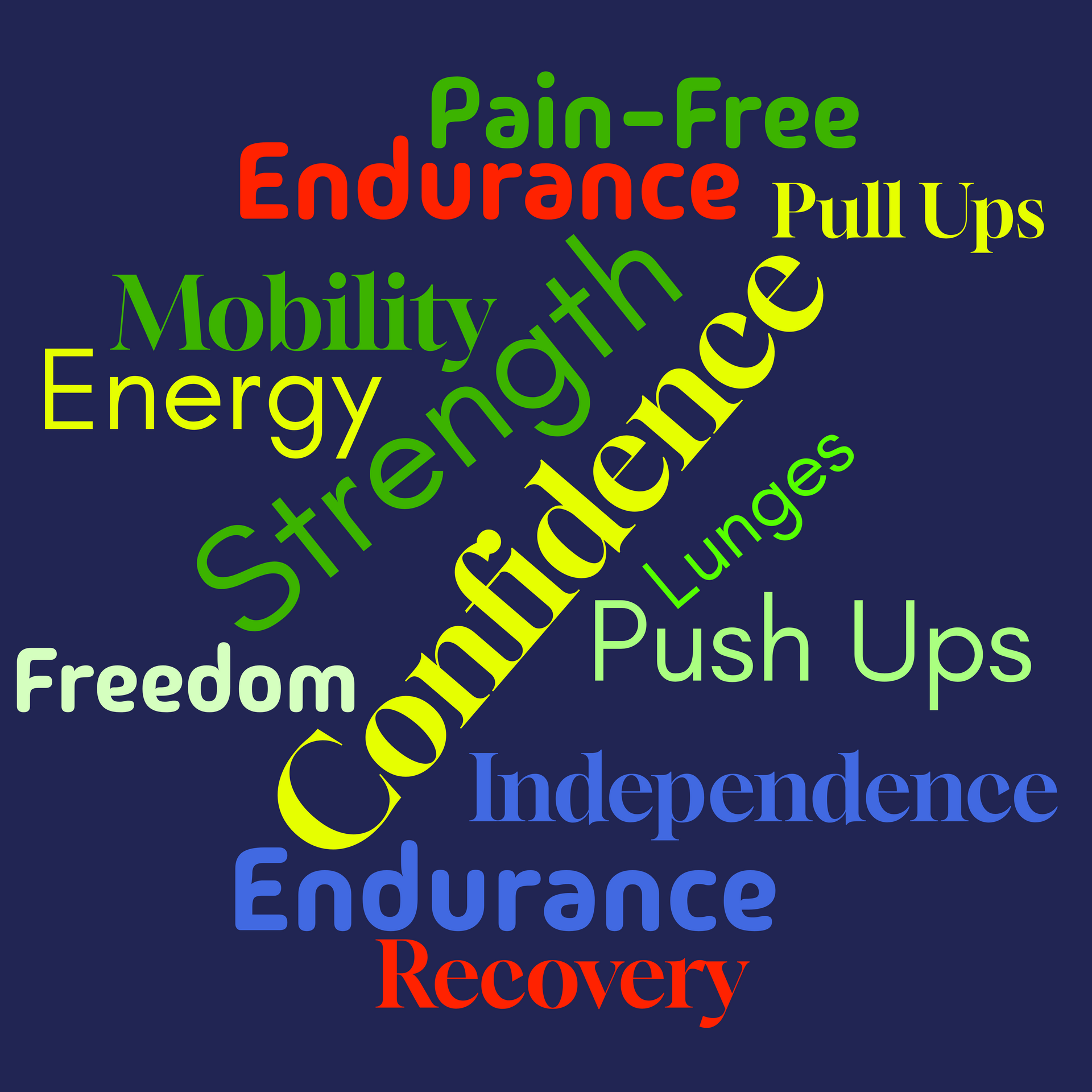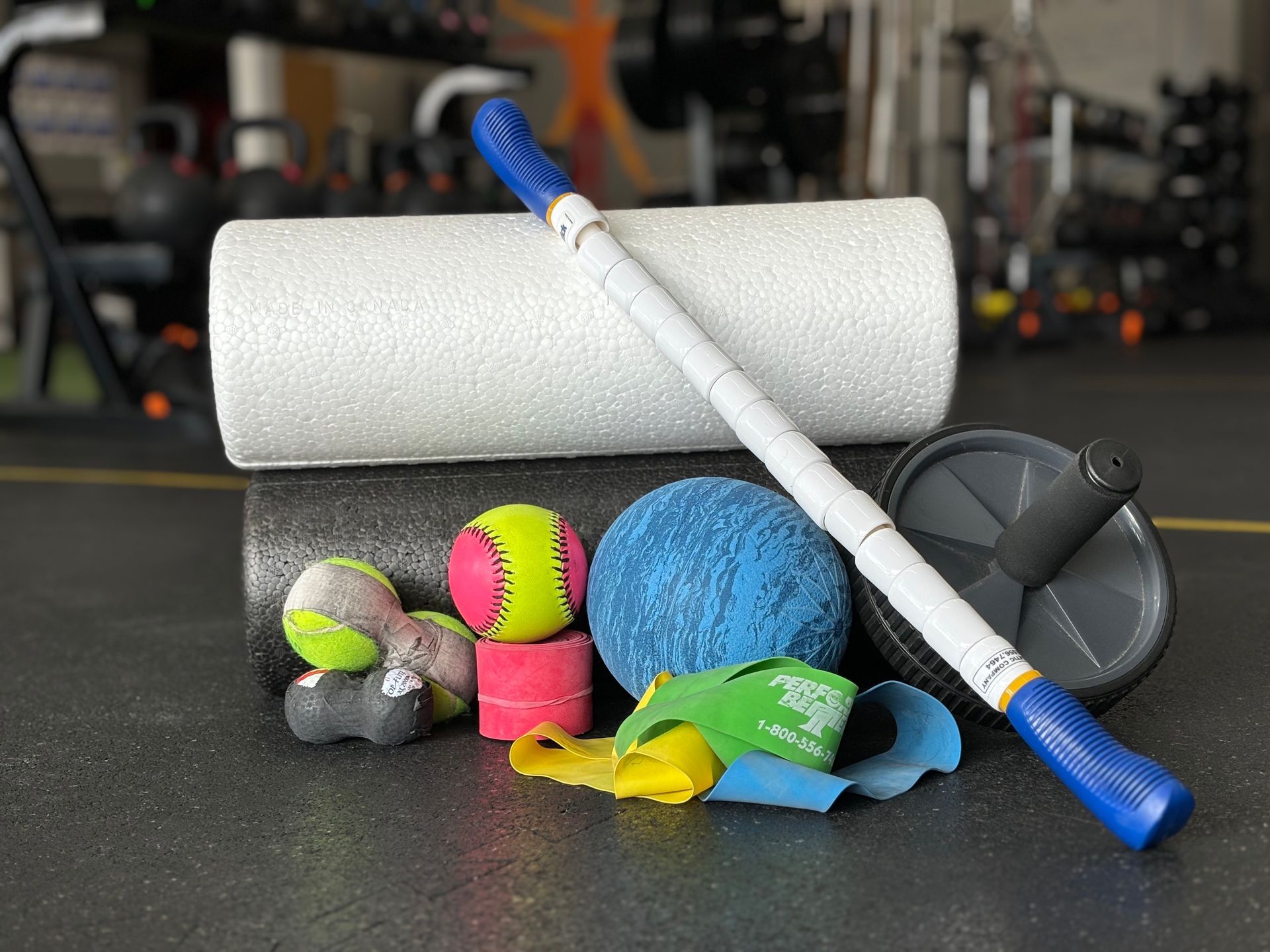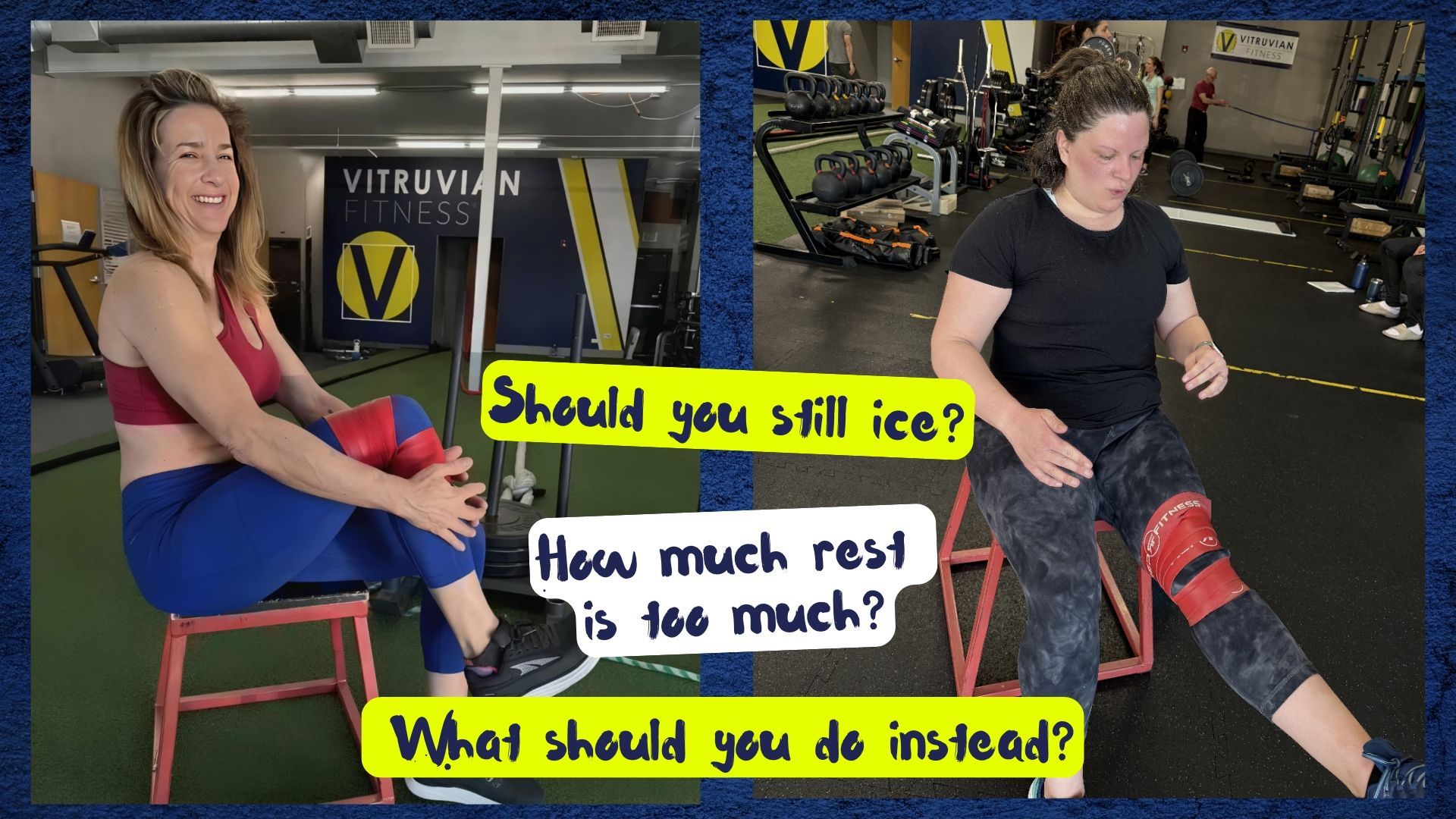Tips for Managing Your Fitness Lifestyle
When aiming for an overall healthier lifestyle, working out is usually one of the first things that spring to mind. But exercise shouldn’t be the only thing you do to stay fit—it’s just one piece of a larger puzzle. Your activities outside the fitness studio are just as important as the ones within. At Vitruvian Fitness, we care about the big picture, which is why we’d like to share these tips for managing your fitness lifestyle.
Stay Motivated
Identify the specific goals you’re working toward and ask yourself, Why? Why strive for those goals in particular? Find the intrinsic motivation behind your fitness lifestyle, and remind yourself of the reasons you chose this path in the first place.
Eat Well
Healthy nourishment is the foundation for everything. You will spend approximately 40 of your 168 hours per week doing nourishment-related activities (planning, shopping, preparing, eating, cleaning up). If you find yourself spending less than those 40 hours, you’re either highly efficient (and good for you!) or your nutrition is pretty suspect.
Don’t worry—get educated! There’s an incredible number of resources for learning about healthy nourishment (though none of them come from the food supply chain, unfortunately). Get a book or three, and start learning. Really learning.
Kill Your TV
For real. Is there anything on TV that will enhance your life in a way that a book, activity, or visit with a friend can’t do better?
Cultivate Good Habits
These four of The 7 Habits of Highly Effective People are, in fact, highly effective. Using these guidelines, it’s easier to set goals, make a plan, work the plan, and then reap the rewards.
- Be Proactive – Take responsibility for your life. Actively seek solutions, set goals, and reset priorities.
- Begin with the End in Mind – Envision what you’re trying to accomplish, and empower yourself to make your goal a reality.
- Put First Things First – Learn where your priorities lie, and then follow through. For example, “Move Well” followed by “Move Often” comprises the tagline of the Functional Movement Screen.
- Sharpen the Saw – Seek enrichment in all areas of your life: physical, social, emotional, mental, and spiritual. Keeping sharp makes everything work more effectively.
Celebrate Non-Scale Victories
Non-scale victories are just that: victories that have nothing to do with changes in weight. Instead of putting so much stock in the numbers on a scale, celebrate your personal achievements along the road to a healthier lifestyle.
Take Care of Yourself
Prioritize your self-care above all else. If that means eliminating or reducing the time you spend on something else, do it! A successful today depends on a well-executed yesterday: you ate well, you managed your stress, you got a good night’s sleep.
Another important thing to remember is that work without rest is wasted effort. You need balance—both yin and yang, so to speak. To that end, your fitness lifestyle must also include recovery activities. A day off after a hard workout, or a massage after a day-long bike event is all part of the lifestyle.
Stay Organized
First, organize your stuff so you’re not scrambling to get everything together before you head to the studio. Make a list of all the things that go in your gym bag and put it on a luggage tag attached to your bag (or in some other permanent place where you pack your bag). It might look something like this:
- Shoes (workout and/or cycling)
- Socks
- Workout clothes (bottoms/shorts/top/bra/warm up jacket/whatever else is seasonally appropriate)
- Hair ties/hat
- Water bottle
- Music and headphones
- Towel
- Post-workout shake
Second, organize your time. We make it a breeze to keep track of your workout schedule with our simple, easy-to-use Vitruvian Fitness app. You can schedule training sessions, sign up for classes, stay in touch with our trainers, and more, all from your iPhone. And the best part is, it’s free!
For tough, rewarding workouts designed to complement a holistic approach to fitness, give our team at Vitruvian Fitness a call. Our group classes and personalized training sessions are engaging, stimulating, and fun! Call today at 303-455-0437 to get started, or enroll online.
Photo courtesy of Unsplash under Creative Commons 0 license
You might also enjoy these posts . . .








